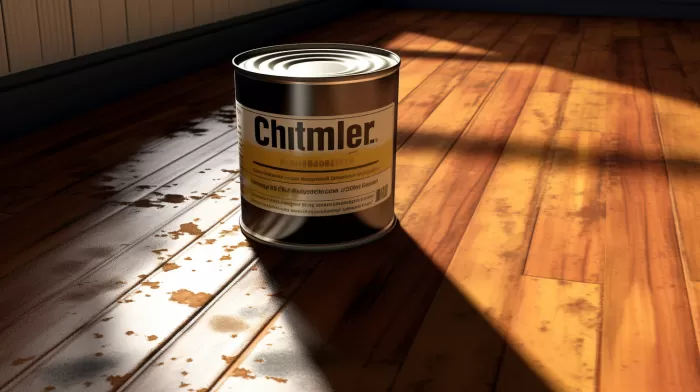Beware: Refinishing your bathtub can come with deadly consequences if you’re not cautious. When it comes to using paint-stripping products containing methylene chloride, the danger lies in the fumes. This widely used, highly volatile, colorless, and toxic chemical is found in many over-the-counter products sold at home-improvement stores. When applied in a confined space such as a bathroom, it can be particularly hazardous.
An ongoing investigation started by researchers at Michigan State University (MSU) in 2011 uncovered that 13 deaths since 2000 — including three in Michigan — were associated with the use of paint-stripping products containing methylene chloride.
Underestimating the Dangers
Methylene chloride often sneaks into various home improvement products, making it easy for consumers to use dangerous chemicals without realizing the potential consequences. People tend to underestimate the dangers of household chemicals for a variety of reasons:
- They don’t read the labels thoroughly or comprehend the severity of the warnings.
- They mistakenly believe that since these products are available for purchase in stores, they must be safe enough for use without protective gear.
- There is a lack of awareness about the risks of using methylene chloride in confined spaces.
Preventing Methylene Chloride Hazards
Using products containing methylene chloride must be done safely. Adherence to proper safety measures might save your life. Here are some tips for minimizing the risks of exposure to this toxic chemical:
- Ensure proper ventilation: Work areas must be well-ventilated. The best way to achieve good ventilation in a small bathroom is to install an exhaust fan, or use a portable fan to blow fumes away from the work area and out of a window. Open any windows and doors to allow for sufficient air circulation.
-
Wear protective gear: When methylene chloride levels exceed recommended exposure limits, workers should wear protective equipment such as goggles, gloves, and a properly fitted respirator. It is advisable to consult with a trained professional to determine the appropriate type and level of protection to reduce exposure.
-
Familiarize yourself with the risks: Read all product labels and warnings thoroughly. Stick to the guidelines as much as possible. Understanding the potential dangers of methylene chloride can help you to take precautionary measures seriously.
-
Always start with a less toxic alternative: Before deciding to use a harsh chemical like methylene chloride, consider trying safer paint-stripping alternatives. Safe alternatives may include hot air guns or heat plates for paint removal or water-based, low VOC, and biodegradable paint strippers.
-
Take breaks and do not work alone: It is essential to take periodic breaks when working with methylene chloride-containing products to minimize the time spent inhaling the fumes. It is also crucial to have someone with you who can recognize the signs of exposure and assist in case of any problems.
Recognizing the Signs of Exposure
Methylene chloride can affect you rapidly when inhaled, and its effects are severe. Symptoms of exposure include headache, dizziness, nausea, vomiting, confusion, difficulty breathing, and even loss of consciousness. In such cases, immediate medical attention should be sought.
In the long term, exposure to methylene chloride can lead to liver and kidney damage, lung and heart problems, and an increased risk of cancer, according to the [Environmental Protection Agency] (https://www.epa.gov/sites/production/files/2016-09/documents/methylene-chloride.pdf).
Moreover, methylene chloride gets also metabolized to carbon monoxide in the body, which can be fatal, especially for people with preexisting conditions such as anemia and heart or lung disease.
Safer Alternatives
If you’re considering refinishing your bathtub, it is crucial to understand the dangers of methylene chloride and the importance of taking safety precautions. Several alternatives are available that offer a safer method of bathtub refinishing:
- Professional refinishing services: Instead of attempting a DIY bathtub refinishing, you may want to hire a professional. Skilled contractors with knowledge and experience will follow proper safety guidelines and know the necessary protective gear.
-
Safer paint-stripping products: Look for water-based, low VOC, and biodegradable paint strippers that have lower toxicity risks. These alternatives may require a bit more effort and time, but they prioritize safety.
-
Eco-friendly tub liners and wall surrounds: Environmentally friendly tub liners and wall surrounds can be customized to fit over your existing bathtub, providing a durable and long-lasting alternative to refinishing. These liners are typically made from 100% recyclable materials and have minimal environmental impact.
In conclusion, while refinishing your bathtub may seem like an easy DIY project, the potential dangers of using products containing methylene chloride should not be taken lightly. Taking the necessary safety precautions, opting for less toxic alternatives, and understanding the risks involved will help you make the right decision for your home improvement needs.



